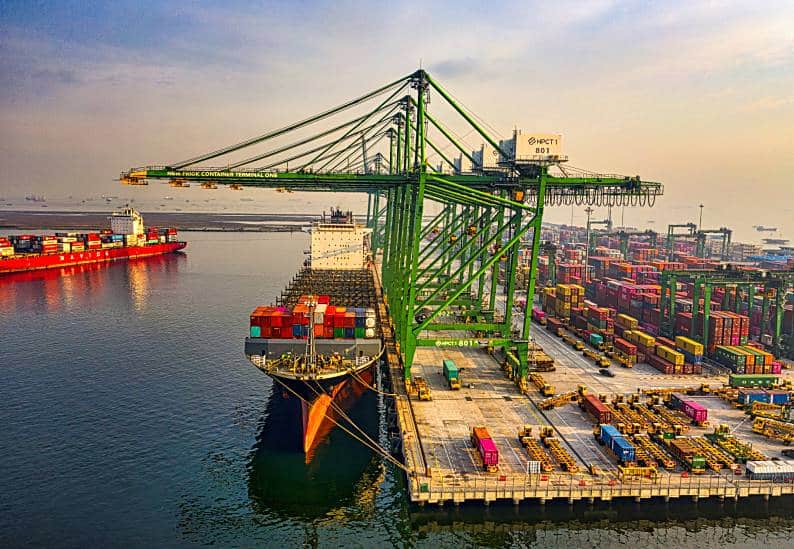words Al Woods
International freight shipping forms the backbone of global commerce, connecting businesses across continents and allowing the seamless flow of goods from producers to consumers. An effective freight shipping strategy can be the difference between a thriving business and one that struggles to keep pace with its competitors. Yet, navigating the intricacies of international freight shipping – from understanding shipping modes and logistics partners to complying with complex international trade regulations – can be daunting. From exploring different shipping methods to understanding customs processes and regulations, we’ll delve deep to ensure you are well-versed in every facet of this critical business operation.
Hiring Local Freight Companies
They have the expertise to negotiate better rates and ensure timely delivery. From an Australian freight forwarder that specializes in shipping to the United States to a local trucking company that can handle domestic shipments, partnering with local freight companies brings several advantages. Not only do they know regional regulations and restrictions, but they also have existing relationships with customs brokers, which can help speed up the clearance process. Additionally, local freight companies often offer personalized service and dedicated account managers who can address any concerns or issues that may arise during the shipping process.
Understanding International Trade Laws
Compliance is crucial to prevent costly fines and delays. From import and export regulations to trade agreements, it’s essential to understand the laws that govern the movement of goods across borders. Conduct thorough research or seek guidance from legal experts to ensure your business is adhering to all necessary regulations. Additionally, staying updated with any changes or updates in international trade laws can help you avoid any potential issues with your shipments.
Leveraging Technology
A well-integrated tech platform can provide real-time updates, thereby enhancing visibility and control over your shipments. With the help of digital tools like transportation management systems and electronic data interchange, businesses can track their shipments, communicate with logistics partners, and manage documentation efficiently. These technologies can also help identify areas for cost-saving and optimization, making your freight shipping strategy more efficient and cost-effective.
Establishing Reliable Partnerships
Building solid relationships with customs brokers, logistics providers, and other key stakeholders in your shipping process can help to ensure smooth operations. These partnerships can also be leveraged to negotiate better rates and terms, as well as gain access to specialized services that may be necessary for your shipments. By establishing long-term relationships with reliable partners, businesses can streamline their shipping processes and avoid any disruptions or delays.
Optimizing Packaging
Understand the requirements of your chosen shipping mode and ensure that your packaging complies with those guidelines. This can help avoid any potential delays or additional expenses, such as repackaging fees. Additionally, investing in quality packaging materials can protect your goods during transit, reducing the risk of damage and ensuring customer satisfaction. Moreover, optimizing packaging can also help save costs by minimizing wasted space and maximizing the number of goods that can be shipped in a single container.
Maintaining Insurance
Insurance will protect you from unexpected costs related to loss or damage during shipping. While freight carriers have their own liability coverage, it may not cover the full value of your goods. Therefore, it’s crucial to consider purchasing additional insurance for high-value shipments or sensitive items. In case of any unforeseen circumstances, having proper insurance can save your business from significant financial losses.
Planning and Schedulinginter
A well-planned shipping schedule can help to prevent delays, save costs, and ensure timely delivery of your goods. Consider factors such as lead times, transit times, and customs clearance when creating your schedule. Additionally, having contingency plans in place can help mitigate the impact of any unexpected delays or disruptions. If possible, try to consolidate shipments or use a cross-docking strategy to optimize your shipping schedule and reduce costs.
By leveraging local partnerships, staying compliant with international trade laws, utilizing technology, optimizing packaging, maintaining insurance, and having a well-thought-out schedule in place, businesses can streamline their shipping processes and gain a competitive edge in the global market. So don’t let the complexities of international freight shipping hold your business back. With this guide, you are now equipped with the knowledge to develop and implement a strong freight shipping strategy that will propel your business towards success in the global marketplace.






